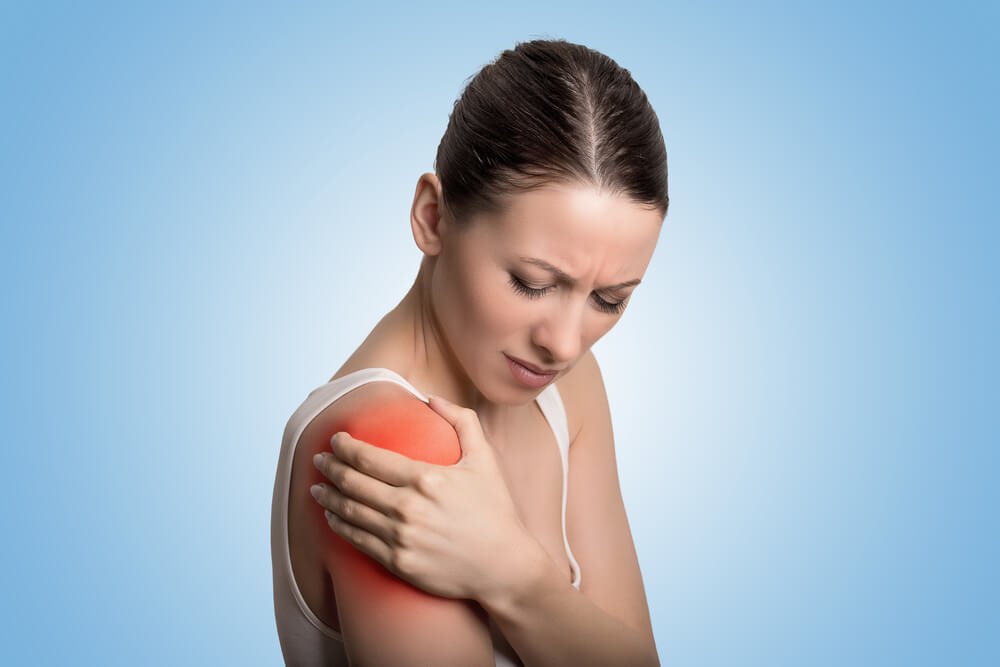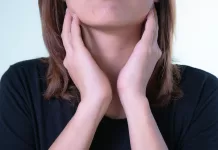Arthritis and osteoarthritis are diseases that affect the joints and can be confused by their characteristics.
However, in the following article we explain the most important or highlighted differences:
What is Rheumatoid arthritis?
This alteration causes an inflammation of the synovial membrane , a thin layer that covers and protects the inside of the fibrous joint capsule.
This layer also produces synovial fluid that lubricates and protects the joints from trauma. Also, the patient suffers it for the rest of his life for what is called a chronic disease.
As a general rule, it is symmetrical, that is, inflammation appears in the same joint at each end of the body. Little by little, the disorder can wear away other nearby internal structures, usually bones and cartilage.
Currently , the specific cause that causes the development of this problem is unknown . However, certain risk factors have been identified that increase the chances of presenting it. For example, some diseases and genetic predisposition (although it is not a hereditary disease).
It has also been found to affect more women and appears more frequently in people between forty and sixty years.
Symptom
 The patient usually presents a discomfort of variable intensity in small and medium joints.
The patient usually presents a discomfort of variable intensity in small and medium joints.
For example, the joints that are in the fingers and the wrists. Therefore, it does not usually affect the knees, hips, shoulders etc.In some clinical cases the subjects presented a dry mouth and stiff joints in the morning.
Other frequent signs associated with this alteration are tiredness or weakness, muscle weakness, stiff neck, tingling in the extremities and the presence of small lumps in the skin (subcutaneous nodules). If other complications develop, the patient may suffer other alterations.
Diagnosis
On the other hand, within the diagnosis we can differentiate between the physical examination and other medical tests .
For example, the analysis of synovial fluid and obtaining images such as radiography or scintigraphy.The corresponding medical team can also perform blood and urine tests to rule out other pathologies.
Treatment
 Finally within the treatment we find a combination between sessions of physiotherapy and medicines to relieve the symptoms of arthritis (it does not cure it).
Finally within the treatment we find a combination between sessions of physiotherapy and medicines to relieve the symptoms of arthritis (it does not cure it).
These drugs reduce inflammation considerably, improving the quality of life of the patient.
What is osteoarthritis?
It is a disease in which a degeneration of the cartilage of a joint is performed gradually.
In some cases this elastic and fibrous structure can disappear completely. As a general rule it is placed on the ends of the bones to protect them from the friction that occurs during movements. It is also a chronic disease.
We can differentiate between primary osteoarthritis (no known cause) and secondary (we can identify a trigger). For example, congenital diseases, traumatisms, arthritis, gout etc.
It most commonly affects women and people over 50 years of age. Other common risk factors are obesity, menopause, having a history or performing repetitive activities. This condition occurs in certain sports modalities and even maintaining a certain position when working.
Symptom
 We can distinguish or highlight a series of frequent symptoms of this disease.
We can distinguish or highlight a series of frequent symptoms of this disease.
For example, pain that occurs at the onset of the disease when performing any movement with that joint but then also appears with rest in more advanced stages.
It can also suffer from inflammation, crunches, stiffness, subcutaneous nodules and even deformation of the affected area that makes daily movement difficult. It usually affects certain joints. This is the case of osteoarthritis of the spine, of the hands, of the hip and of the knees.
Diagnosis
Likewise, the diagnosis includes both a physical review and other medical procedures.
We include diagnostic imaging from radiographs, ultrasounds of the joint in question and even Magnetic Resonance ( MR).
Thus, the medical team can also analyze other substances such as blood, urine or synovial fluid from the affected area.
Treatment
 On the other hand, the treatment for this ailment is focused on alleviating the symptoms that the patient may suffer and slowing down as much as possible their evolution.In short, both rheumatoid arthritis and arthrosis are very common diseases.
On the other hand, the treatment for this ailment is focused on alleviating the symptoms that the patient may suffer and slowing down as much as possible their evolution.In short, both rheumatoid arthritis and arthrosis are very common diseases.













